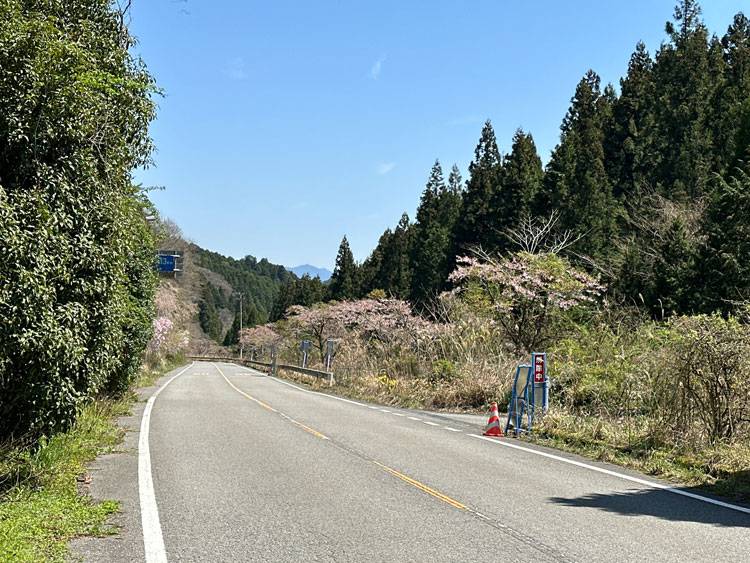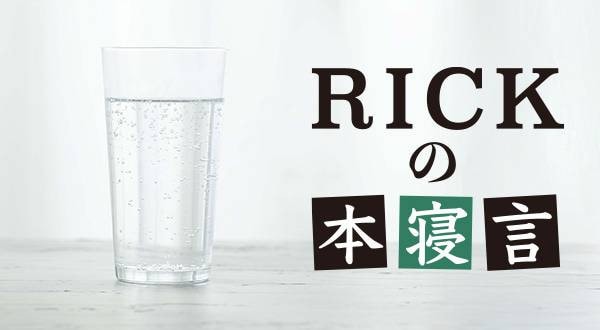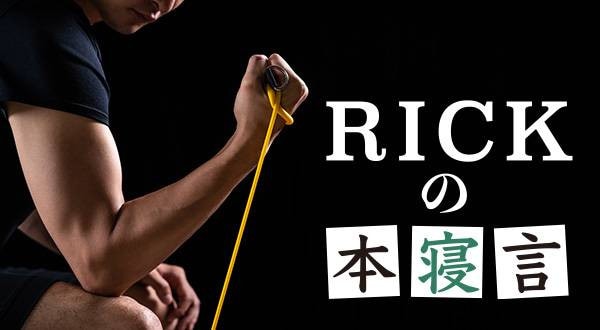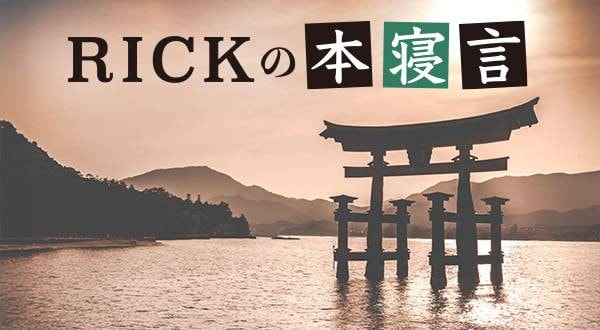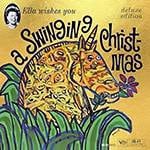April 11, 2024, was the 16th day of the Shikoku 88 Pilgrimage Route, which began on September 23, 2023, at the first temple Reizanji in Tokushima. I finally reached the 53rd temple, Enmyouji, on the route. I had already traveled 836 kilometers and I have been boldly challenging myself to see the 88 pilgrimage sites as they really are, running through the wilderness and sometimes through the city on foot. Moreover, having run the long-distance pilgrimage route many times, I have gradually become accustomed to it and have decided to extend the distance I can run in one day from 50 km to 80 km. As a result, I changed my original plan of 33 days to complete a roundtrip tour of Shikoku to 22 days, which is a significant advancement over my previous original target. In other words, I now have only six days to finish the 88 sites.
I still had 370 kilometers of the pilgrimage route remaining. To complete it in six days, I would have to travel more than 60 km each time. However, having already completed a pilgrimage of nearly 90 kilometers and a 70-kilometer pilgrimage in April in 12 hours with an ascent altitude of over 2,200 meters, there isn’t anything to stop me. Moreover, on May 18, there will be a party to celebrate the 10th anniversary of the founding of Sound House's Tokushima branch, Komatsushima Logistics Center, and one of the employees wants to celebrate the completion of the pilgrimage on that day. Therefore, I think it was a good decision to increase the frequency of the pilgrimage to once a week for the past month or two. Although the day of the party is a little over a month away, the goal is to complete the 88 pilgrimage in Shikoku over a total of 22 days, 10 months from the start time of the tour.
Being prepared is the best way to be safe. I want to celebrate myself at the party by drinking lots of good beer while being fully prepared and in good physical condition. I don't have time to sit around and do nothing. I will be working hard every day to find time for strength training. Physical condition will be the key to finishing the race, so I must be in high spirits, including stretching every day.
Having run along the 88 pilgrimage routes in Shikoku from the first rest stop, I am struck by how few people walk the pilgrimage routes on their own feet. When the distance between the Fudasho and the shrines exceeds 30 to 40 kilometers, there are almost no people passing by. Even so, the pilgrimage routes are not so long, so you may occasionally encounter a pilgrim. Most of them are men of an old age, and each seems to be walking the pilgrimage with a variety of thoughts and feelings. I have also seen several white foreign pilgrims, probably from Europe or America. Many white pilgrims, regardless of age, are often men walking alone along the pilgrimage route, but I have also seen young couples walking happily together while chatting, and foreign women on the pilgrimage route. In other words, foreign pilgrims, regardless of gender or age, who wish to walk the pilgrimage route are becoming pilgrims as they wish. Then, something occurred to me. Why don't young Japanese people walk the pilgrimage route? Most of them probably have never thought about it.
At first glance, walking the long pilgrimage route may seem daunting because of the hardship involved, but it can actually be a good experience. First of all, traveling alone on the pilgrimage route can be a peaceful and enjoyable time. Sometimes you are walking alone along a long national highway in the middle of the wilderness, but it is a precious time when you can face yourself. In my case, I just keep running and moving, but it would be the same even if I were walking. While I keep moving forward, I either keep trying to go without thinking, or sometimes a lot of things come up in my thoughts, and sometimes I hum a song in my mind as I chug along. In the midst of this, I am not only able to see various landscapes, but I can also experience the very essence of the towns throughout Shikoku.
In that time frame, one can be overwhelmed by the wonderful scenery of the ocean, mountains, and rivers. April is also cherry blossom season, and it brings a special feeling to run along the pilgrimage route while viewing the cherry blossoms. It is also fun to greet passing grandmothers and grandfathers with a big "Hello!” It is especially nice to see that in Kochi and Ehime prefectures, where junior high and high school students have been educated to greet pilgrims, and everyone greets them with a hello. It is also interesting to discover the various old-fashioned stores that can be found in the city. So, on one hand, I know that it will be a little bit painful, but on the other hand, I have a kind of anticipation because of the thrill and excitement of seeing these unknown places while running along on my own feet.
For me, the 88 pilgrimage routes on Shikoku are more than just a place where I can purify my mind and find peace for my soul while experiencing nature. It is believed that an important message from Kukai is hidden along the route, and my ultimate goal was to confirm this fact with my own eyes at all costs, all out of a single-minded desire to see it. Therefore, although I have suffered many hardships, pains, and even dehydration, I am not bothered by them.
In fact, the 88 pilgrimage routes on Shikoku share the same paths for worshiping the sacred mountain of Tsurugisan, and the top of Tsurugisan, Shikoku's reizan, can be seen in the distance from many places along the pilgrimage routes. To testify to this fact, the ultimate goal is to choose a fine day and see Tsurugisan in the distance with my own eyes. Also, I have already found four spots along the pilgrimage route where I can see Tsurugisan, two of which I knew about and one I found unexpectedly.
The other place is the Mayumi Pass on the road from Akashiji Temple, the 43rd temple in Ehime, to Daihoji Temple, the 44th temple in Ehime, where I crossed the Mayumi Tunnel today. I had checked a map, Google Maps Street View, and Google Earth, and was hoping that I might be able to see it. To confirm this fact, I overcame all sorts of hardships and drove 70 kilometers. Fortunately, after passing the Mayumi Pass tunnel, in another spot less than 100 meters ahead, fortunately, I was able to catch a glimpse of what appeared to be the summit of Tsurugisan rising about 120 kilometers away. On a clear day, Tsurugisan offers a clear view of Daizan, for example, which is 175 km to the north on the Sea of Japan side. So, it’s no surprise that the summit of Tsurugisan can be seen from the Mayumi Pass in Ehime, 120 km away. It was a great feeling to be able to photograph it. It became clear that the reason the pilgrim route went all the way from Ozu to Uchiko in Ehime, was to cross the mountains of Iyo and head directly east was to view Tsurugisan. That is why the pilgrimage route is largely diverted toward Ozu, Daibo-ji, and Iwaya-ji. Understanding this fact alone brought a great harvest.
Although the distance of 70 km was challenging me to my limits and the altitude difference was more than 2,200 m, I was able to finish it while there was still daylight. However, because I had chosen a day with high atmospheric pressure and good weather to see Tsurugisan, it became really hot during the day, and then I became dehydrated on the way. After 12 hours of struggling, I reached my destination. The next day, I had to run another 48 km from Iwayadera (45th) to Enmyoji (53rd) across Matsuyama City. Even though I was extremely tired, I managed to make it back alive thanks to going down a gentle hill towards the end! This week I will rest up and prepare myself, both mentally and physically, to complete the last few roads of the pilgrimage route.
